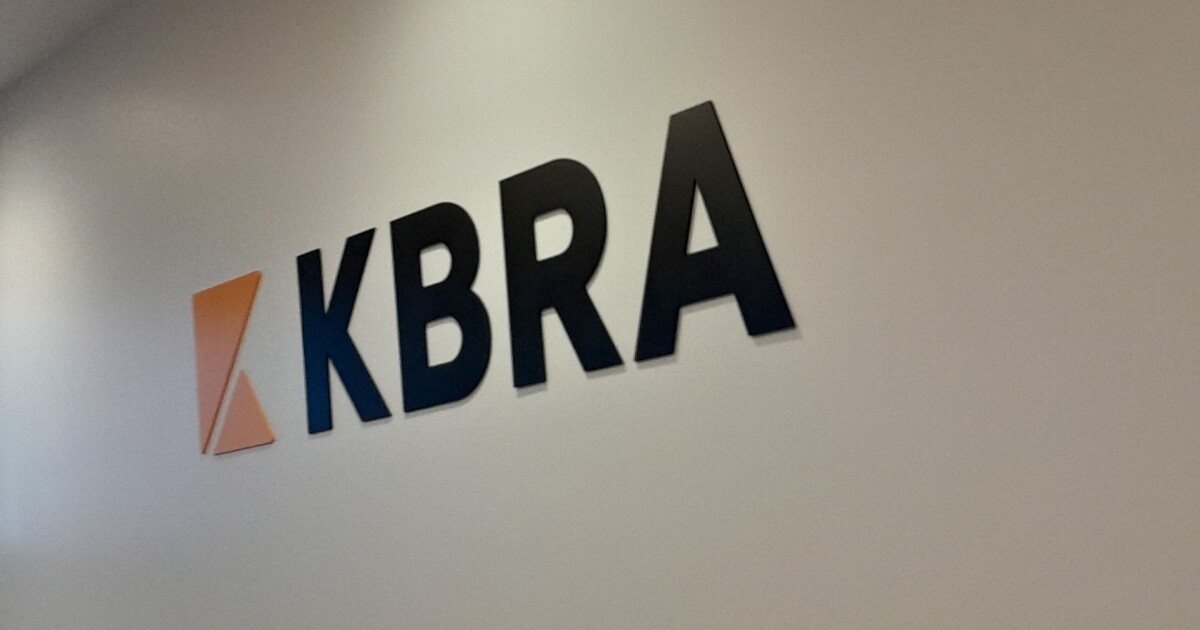
Nonqualified mortgage performance over the past decade has varied broadly by segment while generating relatively few credit losses on average, a new Kroll Bond Rating Agency study shows
Weighted averages show losses from a 3.8% cumulative default rate have been just 0.03%, but the CDR is far higher for a market segment like borrowers with credit scores below 660. The CDR for these borrowers verges on 10%, KBRA's study of its own data
The study quantifies what default rates for various types of loans in the securitized non-QM mortgage market have been like after a period in which it has been able to establish a track record and experience some strain.
"NQM delinquency and defaults have been trending higher. Although it may be premature to call this an inflection point, there is now sufficient performance data to assess default and loss dynamics," KBRA analysts wrote in the report.
What the numbers are like for alt docs, high CLTVs and DTIs
Other segments found to have relatively higher default rates include loans underwritten using alternative documentation for borrower income sources. The default rate for these was 12.9% higher on average than the equivalent for mortgages with full documentation.
While there are multiple types of alternative docs used in non-QM lending, KBRA found generally their default rates are similar, except for written verification employment and asset-underwritten loans, which KBRA said "demonstrate comparatively stronger performance."
Combined loan-to-value ratios of 85% or higher had an elevated default rate of 5.5% when compared to mortgages with a CLTV in the 65% to 70% range. Loans in the lower CLTV range had a 4.1% default rate.
Debt-to-income ratios, which were at one time a key regulatory indicator of whether a loan was considered to have QM regulatory status, made a difference in terms of when they were 45% or higher.
"Loans with DTIs of over 55%, 50%-55%, and 45%-50% have the highest default rates (6.2%, 5.3%, and 4.1%, respectively)," KBRA analysts wrote in the report. "Below 45%, default rates range between 3.1% and 3.7%, averaging 3.6%, with no discernible pattern."
Prior to
"Despite this shift, the price-based approach has not meaningfully changed the overall mix of NQM lending, particularly with respect to attributes originally associated with NQM," according to KBRA's report.
A growing and influential part of the PL RMBS market
Non-QM has come to represent around 30% of the private-label residential mortgage-backed securities issued since the market reformed after a housing market crash in the mid-2000s, according to KBRA.
That crash led to regulation aimed at holding the industry more responsible for borrowers' ability to repay, with the QM definition used in that context as a nuanced boundary for the standard loan indicators in line with that goal.
KBRA's study, which examines over 15 mortgage parameters in total, is based on an analysis of more than 475,000 loans with a total original balance of $216.7 billion from around 600 securitizations issued in the 10 years leading up to April 2025.
What other rating agencies have said recently about non-QM
With non-QM constituting as much of the private securitized market for single-family loans as it does, other companies rating bonds have been monitoring how the sector is faring too with some variation in the sets of statistics they analyze.
Somewhat like KBRA, DBRS Morningstar has indicated distress is still low but is rising. The latter rating agency reported this week that aggregate quarter-end delinquency rates of 60-plus days at 3.78%, up around 27 basis points from three months earlier and 93 from a year ago.
Non-QM impairments rose 9 basis points in April "but pace of deterioration slowed," according to a May 30 report by
Performance during the month bore out a trend in which loans for which profit and loss statements that may be prepared by certified public accountants proved to be "weakest by document type," according to Fitch.



